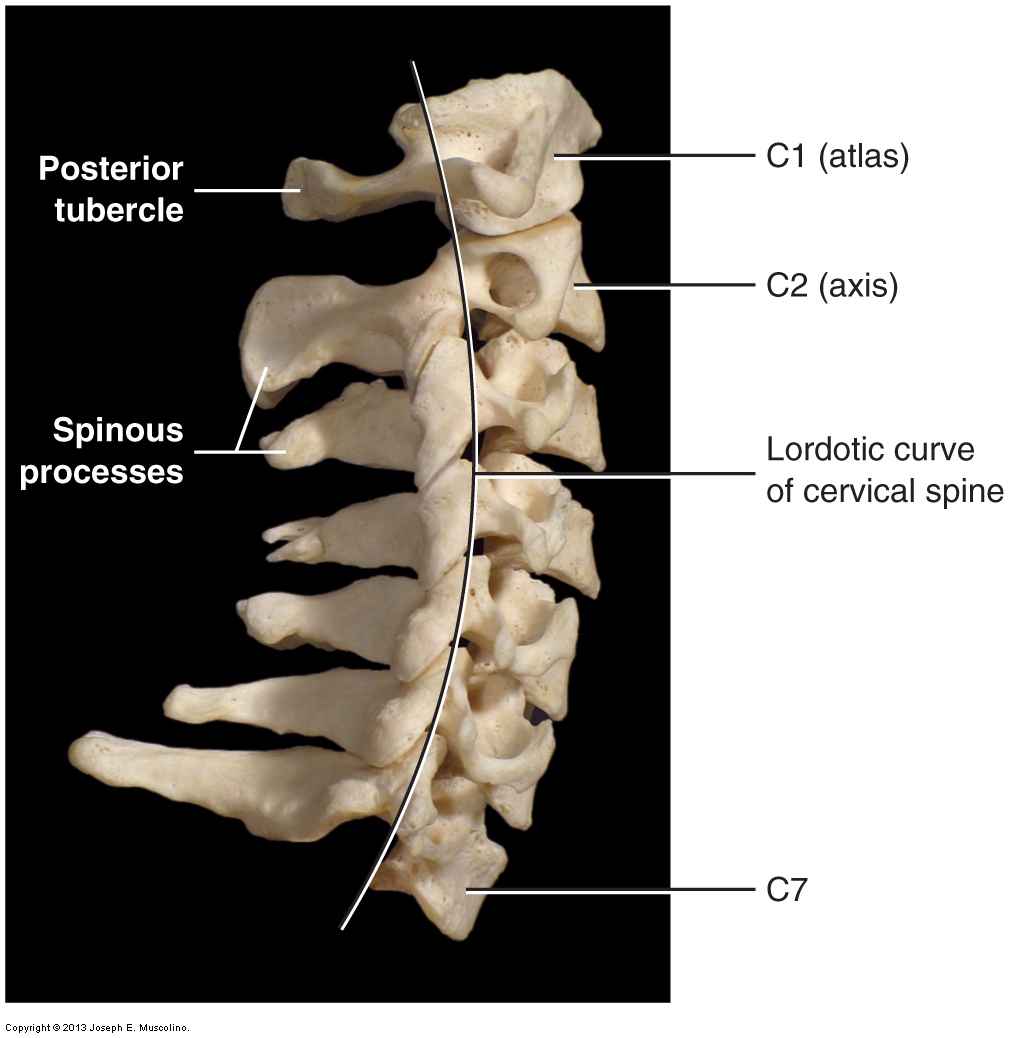
The interspinales muscles are small muscles that connect the spinous processes of adjacent spinal vertebrae. Interspinales thoracis: superior intercostal artery, posterior intercostal arteries, subcostal arteryĬervical interspinal muscles, Interspinales colli muscles Interspinales cervicis: vertebral artery, deep cervical artery, occipital artery, transverse cervical artery Interspinales lumborum: Inferior aspects of spinous processes of vertebrae L1-L4

Interspinales thoracis: Inferior aspect of spinous processes of vertebrae T1, T10 & T11 Interspinales cervicis: Inferior aspect of spinous processes of vertebrae C2-C7 Interspinales lumborum: Superior aspects of spinous processes of vertebrae L2-L5 Interspinales thoracis: Superior aspect of spinous process of vertebrae T2, T11 & T12 (variable) Interspinales cervicis: Superior aspect of spinous processes of vertebrae C3-T1 Key facts about the interspinales muscles Origin This article will discuss the anatomy and functions of the interspinales muscles. However, it’s more important role is to stabilize the spine during movement and maintain normal posture of the body. Interspinales muscles serve to aid other intrinsic muscles of the back to extend the spine.

They extend between adjacent spinous processes of the vertebral column.Įven though they span the entire length of the vertebral column, they are only properly developed in the cervical and lumbar spine, whereas in the thoracic spine they are underdeveloped or often completely absent.

Interspinales muscles are short, paired muscles that belong to the deepest layer of the intrinsic muscles of the back. Interspinales muscles (Musculi interspinales)


 0 kommentar(er)
0 kommentar(er)
